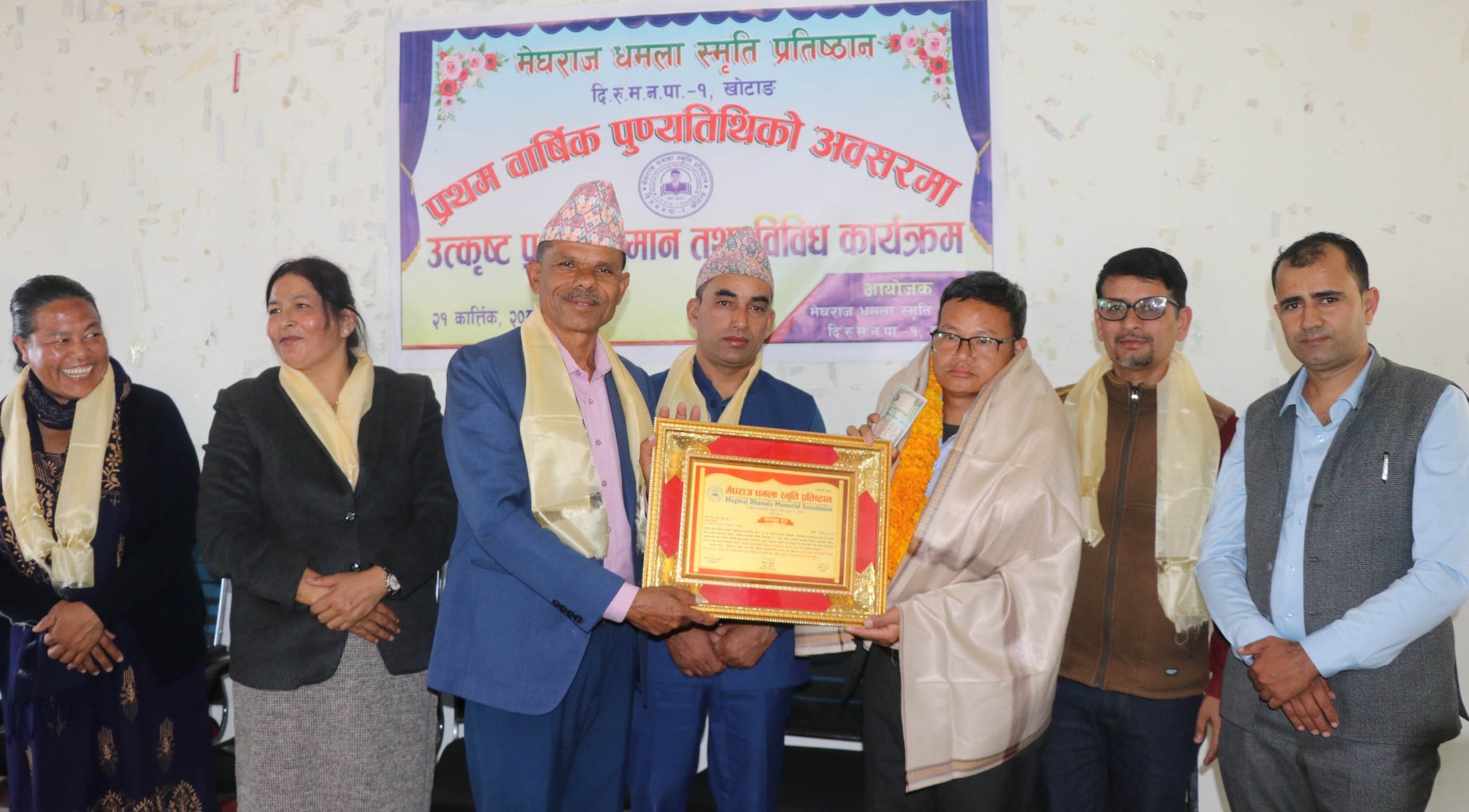The currently used FDA approved drugs include Disulfiram, Naltrexone, and Acamprosate. These drugs were also approved by different regulatory agencies in many countries and have been used to treat AUDs for the past few decades with variable success rates. Improved medications for the treatment of binge, chronic alcohol drinking and alcohol related socio-medical problems are greatly needed. Reviews of the current literature show that many drugs and medications such as anticonvulsants, antipsychotic partial hospitalization and intensive outpatient programs resnick neuropsychiatric hospital and antidepressants are under preclinical and clinical trials for the treatment of AUDs. Previously we have reviewed on the status of FDA approved and some other medications for the treatment of AUDs (Heilig & Egli, 2006). In the present article, we have focused on the existing medications and the repurposing of the FDA approved medications for the prevention and treatment of AUDs with a list of potential medication candidates, as summarized in Figures -1 & -2, and Tables -1 & -2.
- There are now several generic versions that are available and have been used for these disorders.
- These reports with mixed outcome results suggest that more trials are needed to either verify or discard a possible clinical efficacy of baclofen for alcohol dependence (Reynaud et al., 2017).
- Based on clinical experience, many health providers believe that support from friends and family members is important in overcoming alcohol problems.
- Working to stop alcohol use to improve quality of life is the main treatment goal.
These include many FDA-approved drugs such as anticonvulsants, antipsychotics, antidepressants, and other off-label medications. Some of these drugs have shown beneficial outcomes in various stages of clinical trials. Our current understanding of the alcohol and drug misuse has expanded during the last decade in terms of neural circuitry, behavior, and molecular pathways.
Coping and support
To further study the pharmacokinetic or pharmacodynamic interaction in between ABT-436 and alcohol, Katz et al., (2016) conducted a single-dose clinical study in twenty moderate alcohol drinkers. Each individual received the 4 possible combinations of a single 1,000 mg ABT-436 dose (or matching placebo) and a single 0.5 g/kg alcohol dose (or placebo for alcohol) in a double-blind, randomized, 4-period crossover study. A computerized explainer how do drugs work cognitive test battery (CDR System), Bond-Lader Visual Analog Scales scale, and a postural stability test were performed. The potential interaction of alcohol with ABT-436 and the pharmacological effect of ABT-436 was assessed by measuring serum cortisol. ABT-436 treatment reduced serum cortisol levels, however, no pharmacokinetic or pharmacodynamic interactions between ABT-436 and alcohol have been reported (Katz et al., 2016).
Without the satisfying feeling, people with alcohol use disorder may be less likely to drink alcohol. Is an opiate derivative similar to opioid antagonist naltrexone, sold under the trade name Selincro and Nalmetrene. It has numerous potential pharmacological advantages in comparison to naltrexone for the treatment of alcohol dependence. Nalmefene has a longer half-life, greater oral bioavailability and no dose dependent liver toxicity compared to naltrexone.
Opioid Overdose Prevention Medication
The compound has a good safety profile and neither animal studies nor human investigations indicate a positive hedonic profile (Liem-Moolenaar et al., 2013). Generally, Arginine-vasopressin (AVP) Type 1B receptor antagonists showed relapse prevention in alcohol dependence studies by attenuating the neuroendocrine mediated behavioral responses to stress. ABT-436, a potent and selective AVP type 1B receptor (V1B) antagonist, has been demonstrated to attenuate basal hypothalamic-pituitary-adrenal (HPA) axis activity in humans.
Relapse Is Part of the Process
ARI functions as a D2 and 5-HT1A receptor partial agonist and as an antagonist of the 5-HT2A and 5-HT7 receptor (Lawler et al., 1999; Burstein et al., 2005; Jordan et al., 2002). It has moderate affinities for histamine and α-adrenergic receptors and serotonin transporters. The CNS dopamine system is implicated in both reward processing/memory and the inhibitory control mechanisms at the subcortical and cortical regions of the brain.
The report included 135 studies and was reviewed by health care professionals, researchers, experts, and the public. Just as some people with diabetes or asthma may have flare-ups of their disease, a relapse to drinking can be seen as a temporary setback to full recovery and not a complete failure. Seeking professional help can prevent relapse—behavioral therapies can help people develop skills to avoid and overcome triggers, such as stress, that might lead to drinking. Medications also can deter drinking during times when individuals may be at greater risk of relapse (e.g., divorce, death of a family member). Naltrexone may help reduce the urge to drink and prevent excessive alcohol consumption.










